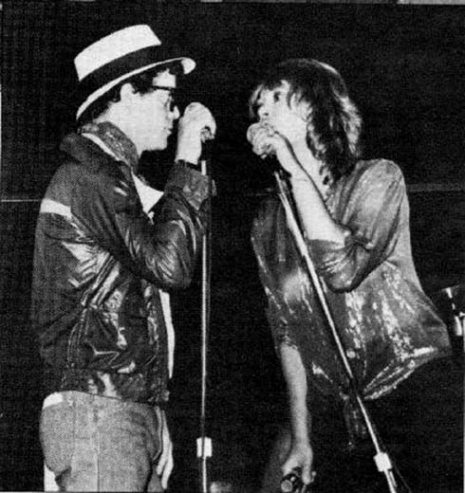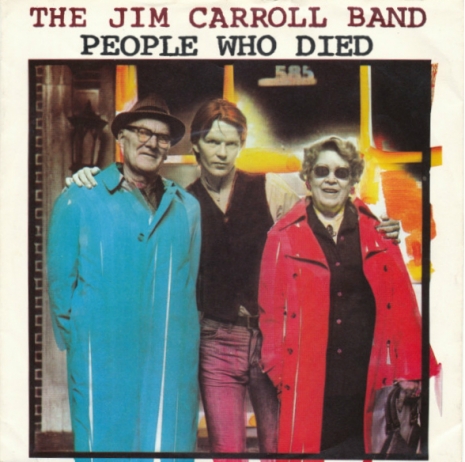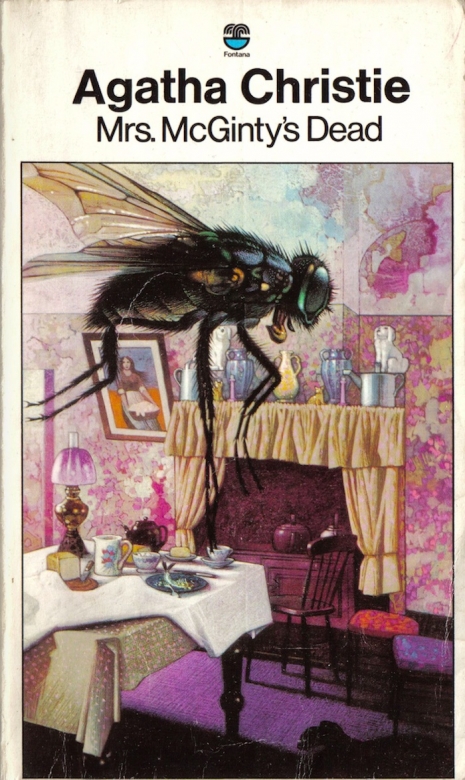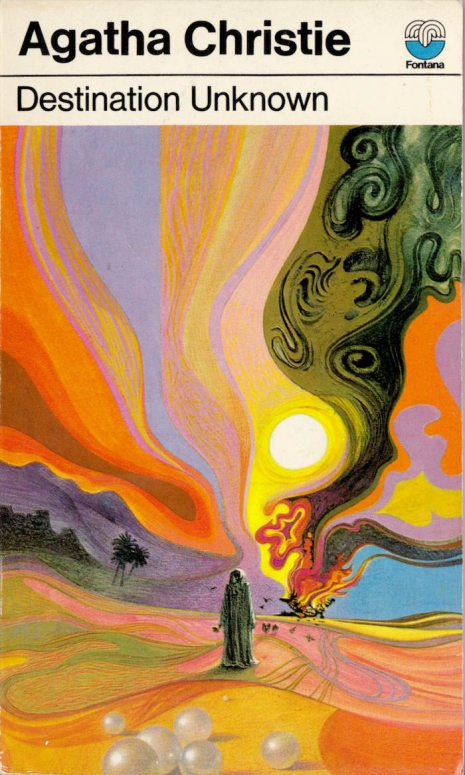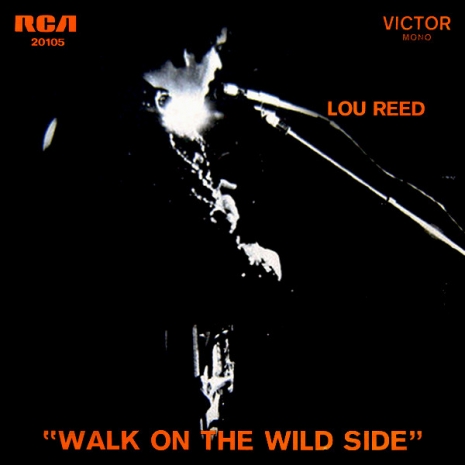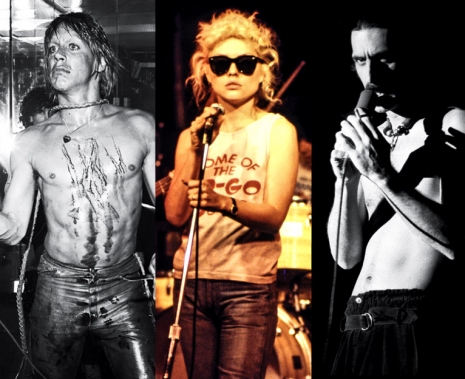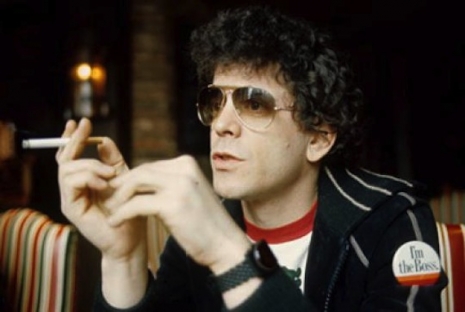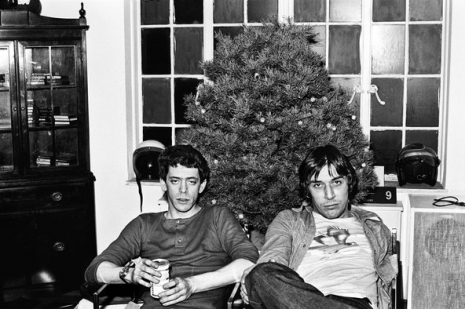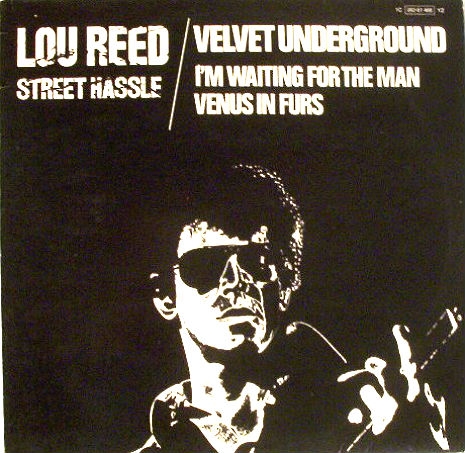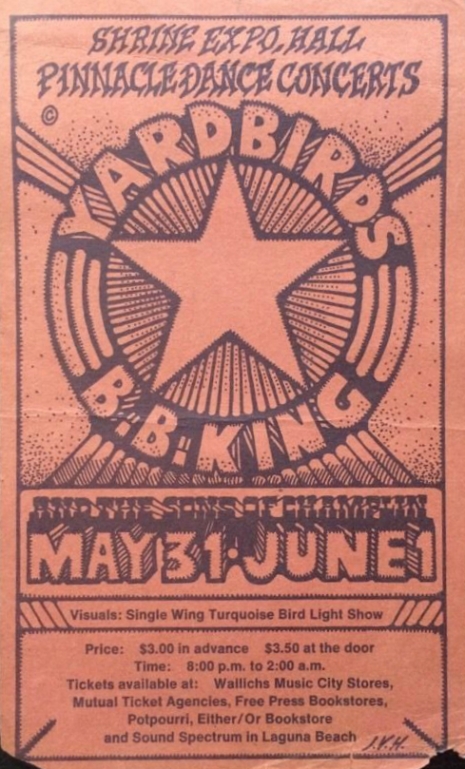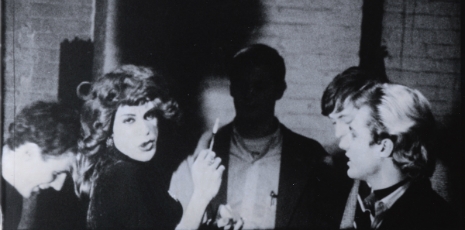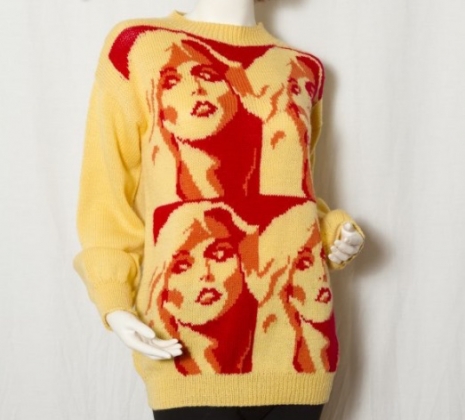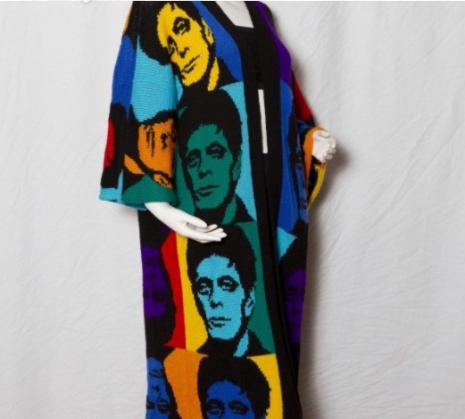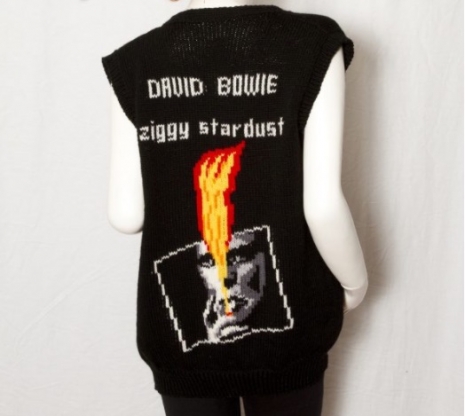
Today would have been the 75th birthday of Lewis Allan Reed and to mark this occasion, I wanted to rerun one of my favorite posts about him. This is from the Dangerous Minds archives and originally appeared on January 2, 2011 under the title “Lou Reed’s Metal Music Music and Me.” I know that Lou Reed read this as I was asked to write an essay for the program of a “Metal Machine Museum” audio installation at Cal State Long Beach. Apparently Lou also read this post and I was subsequently dropped from the project!
When I was a 10-year-old boy, in 1976, I read a review of Lou Reed’s then new-ish album, Metal Machine Music written by the great Lester Bangs in what was probably the very first issue of CREEM magazine that my innocent, unsuspecting and very religious mother ever bought for me:
When you wake up in the morning with the worst hangover of your life, Metal Machine Music is the best medicine. Because when you first arise you’re probably so fucked (i.e., still drunk) that is doesn’t even really hurt yet (not like it’s going to), so you should put this album on immediately, not only to clear all the crap out of your head, but to prepare you for what’s in store the rest of the day.
Speaking of clearing out crap, I once had this friend who would say, “I take acid at least every two months & JUST BLOW ALL THE BAD SHIT OUTA MY BRAIN!” So I say the same thing about MMM. Except I take it about once a day, like vitamins.
Here’s a link to Bangs’ entire essay. As you read it, just try to imagine what a precociously deviant 10-year-old kid made of it. Even if I really didn’t know exactly what Bangs was talking about, of course, this sounded like something I really wanted to get in on. The vague promise of some sort of “aural high” or sonic sensory derangement seemed very, very attractive to me, especially since there was virtually no way I was going to be able to get my hands on any real drugs at that age.
As luck—or Satan himself personally intervening on my behalf—would have it, the very next week I found a copy of Metal Machine Music on 8-track tape for 99 cents in a cut-out bin at a crappy Hills department store in my hometown of Wheeling, WV. (I still have it, it may indeed be the oldest surviving personal possession of mine. I’d never part with it.)
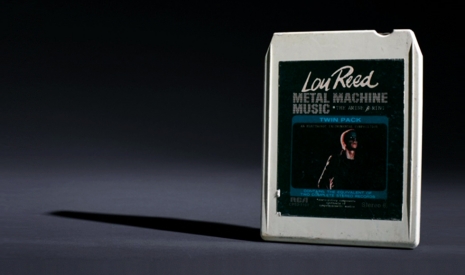
Metal Machine Music has been described as sounding like “the tubular groaning of a galactic refrigerator” by Rolling Stone. The Trouser Press said it was “unlistenable oscillator noise (a description, not a value judgment).” Most people have never even sampled the album and few have listened to it all the way through. Not me! I listened to this sucker over and over and over again, with headphones I might add, in an effort to, I guess, mostly just try to understand it, or to get to the bottom of what Reed was trying to communicate. (In my defense, I will remind readers that I was ten at the time.)
It’s such a curious beastie, this Metal Machine Music. For a child with rapidly solidifying tastes—by the sixth grade, I promise you was I was an inveterate rock snob—this was a conundrum worthy of further, and deep, investigation, I felt. If Lester Bangs liked it that much, it had to be great, right? (Right?) There was also, as I was saying, the naive notion I had that it might be somehow psychoactive, or aid in blowing all the bad shit out of MY brain. (Here’s another quote from the Bangs piece that I know must’ve piqued my interest: “I have been told that Lou’s recordings, but most specifically this item, have become a kind of secret cult among teenage mental institution inmates all across the nation. I have been told further that those adolescents who have been subjected to electroshock therapy enjoy a particular affinity for MMM, that it reportedly “soothes their nerves,” and is ultimately a kind of anthem.”).
Who the fuck knows WHAT made me listen to the wailing wall of sound that is MMM over and over and over again at the age of ten? But listen to it I did. Repeatedly.
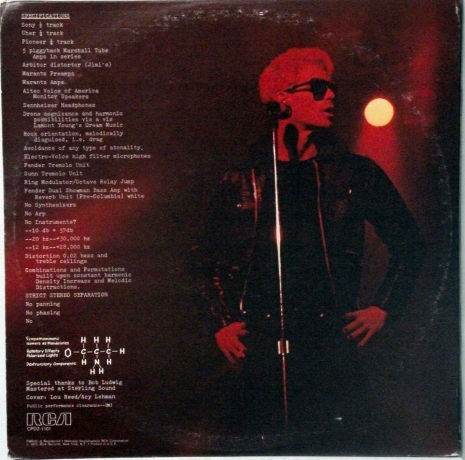
There is one factor, unique to me I suppose, worth mentioning in this context, that probably made MMM a bit more palatable to me: My father toiled for nearly his entire working life at the central switching office at the C&P Telephone Company (part of the Bell system, before it got broken up in the anti-trust court). On the floor where he worked, there were hundreds of 12 ft high banks of humming and clicking electronic circuitry, I’m talking wall upon wall of this sort of machinery, but it was all “open” and sitting on, and bolted to, industrial metal shelves. There was no casing around much of it to dampen the sound. Think of a library (in terms of how it was physically laid out), but full of the noisy, chattering circuits and switchers that made the old analog telephone system work (This machinery is what put the old school telephone operators—my mother was one—who connected your calls out of business in the 1960s, basically. I’m sure it’s all been 100% replaced by now with a waist-high rack of servers run by a small IT department).
The gear there chattered like robotic crickets and cicadas. It also reminded me of the soundtrack to Forbidden Planet, the sci-fi classic seen often on late-night television in the 70s. Precisely because there were so many of these clicking, whirling, industrious little diodes and circuits, they made a particular “music” that wasn’t as harsh sounding as you might expect. It actually sounded kind of cool. Had I not had the experience of spending so much of my childhood in that office, I’m sure that MMM would have been much harder for me to take. The point of this digression is that I had some sort of a reference point that made MMM sound much less foreign to my ears than it would have otherwise: It sounded like my dad’s office.
Here’s a question: Have you, dear reader, ever actually heard Metal Machine Music yourself? Most people haven’t, but then again, where would they have heard it? And equally important why? It was probably never played on the radio (except by smart-ass college DJs), probably has never been played at a discotheque (except by particularly spiteful DJs) and unless the host wants to clear the place out, it’s probably never been played for any other reason at a party, either.
Perhaps the best way to approach MMM as a listener is to simply take Lou Reed himself at his word about the project, from the original liner notes. In them, he spells out quite openly what MMM is supposed to be, and what his goals were for the piece, but few reviewers or fans at the time would have had ANY idea of what he was talking about. Try this on for size:
“Passion—REALISM—realism was the key. The records were letters. Real letters from me to certain other people. Who had and still have basically, no music, be it verbal or instrumental to listen to. One of the peripheral effects typically distorted was what was to be known as heavy metal rock. In Reality it was of course diffuse, obtuse, weak, boring and ultimately an embarrassment. This record is not for parties/dancing/background romance. This is what I meant by “real” rock, about “real” things. No one I know has listened to it all the way through including myself. It is not meant to be. Start any place you like. Symmetry, mathematical precision, obsessive and detailed accuracy and the vast advantage one has over “modern electronic composers.” They, with neither sense of time, melody or emotion, manipulated or no. It’s for a certain time and place of mind. It is the only recorded work I know of seriously done as well as possible as a gift, if one could call it that, from a part of certain head to a few others. Most of you won’t like this and I don’t blame you at all. It’s not meant for you. At the very least I made it so I had something to listen to. Certainly Misunderstood: Power to Consume (how Bathetic): an idea done respectfully, intelligently, sympathetically and graciously, always with concentration on the first and foremost goal. For that matter, off the record, I love and adore it. I’m sorry, but not especially, if it turns you off.
One record for us and it. I’d harbored hope that the intelligence that once inhabited novels or films would ingest rock, I was, perhaps, wrong. This is the reason Sally Can’t Dance—your Rock n Roll Animal. More than a decent try, but hard for us to do badly. Wrong media, unquestionably. This is not meant fo the market. The agreement one makes with “speed”. A specific acknowledgment. A to say the least, very limited market. Rock n Roll Animal makes this possible, funnily enough. The misrepresentation succeeds to the point of making possible the appearance of the progenitor. For those for whom the needle is no more than a toothbrush. Professionals, no sniffers please, don’t confuse superiority (no competition) with violence, power or the justifications. The Tacit speed agreement with Self. We did not start World War I, II or III. Or the Bay of Pigs, for that Matter. Whenever. As way of disclaimer. I am forced to say that, due to stimulation of various centers (remember OOOOHHHMMM, etc.), the possible negative contraindications must be pointed out. A record has to, of all things Anyway, hypertense people, etc. possibility of epilepsy (petit mal), psychic motor disorders, etc… etc… etc.
My week beats your year.”—Lou Reed
In prose that would be quite obtuse to most people, but plain enough perhaps for his fellow speed-freaks, Lou lays out exactly what he was trying to do: make music that mirrored the physiological experience of having methamphetamine course through your nervous system. Metal Machine Music is even subtitled, “The Amine β Ring,” in case there are any doubters that this was conceived to be a speedfreak symphony.
More ‘Metal Machine Music’ after the jump…
